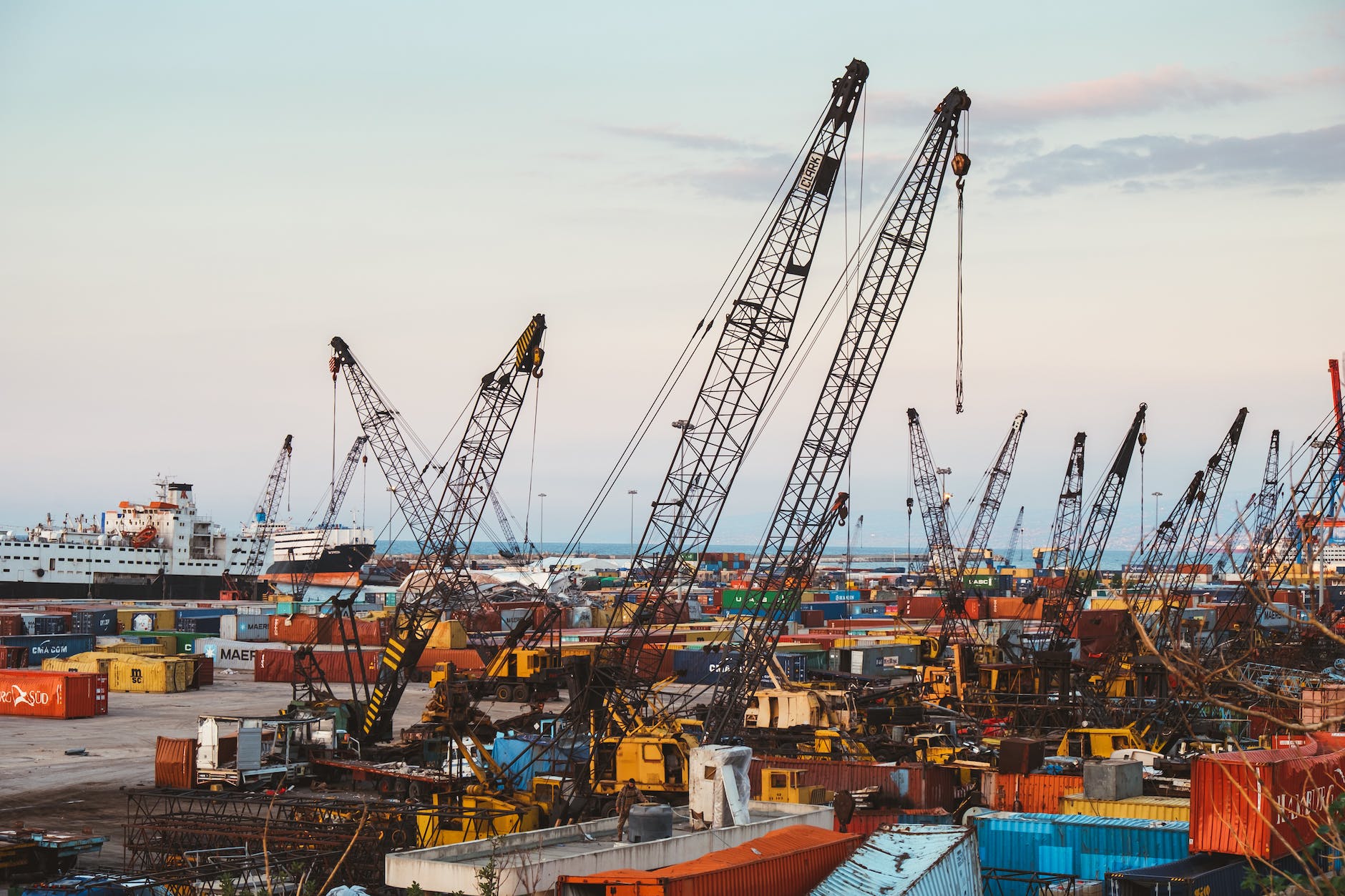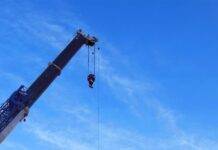
Safety Factor of Lifting Equipment
Introduction to Lifting Equipment Safety
Safety is paramount in any industrial setting, especially when dealing with lifting equipment. The safety factor plays a pivotal role in ensuring the reliability and protection of both personnel and assets. Understanding and implementing adequate safety factors is fundamental to prevent accidents and uphold operational efficiency.
Understanding Safety Factor in Lifting Equipment
The safety factor refers to the ratio between the maximum load capacity a piece of lifting equipment can handle and the actual load applied during operation. It serves as a crucial indicator of the equipment’s structural integrity and ability to withstand varying conditions.
The safety factor of lifting equipment refers to the margin of safety designed into the equipment to ensure it can handle loads beyond the expected or rated capacity without failure. It's typically represented as a ratio between the maximum load the equipment can handle and the actual load applied during its use. For instance, a safety factor of 4:1 means the equipment can handle four times the maximum expected load. This buffer is crucial to prevent accidents, structural failures, and ensure the safety of both the load being lifted and the individuals involved in the lifting process.Factors Influencing Safety Factor
Several factors impact the determination of safety factors in lifting equipment. Material strength, operational conditions, and adherence to maintenance protocols significantly affect the safety margin of these systems.
Optimal Safety Factors for Various Equipment Types
Different types of lifting equipment require specific safety factors to operate effectively and safely. Cranes, hoists, slings, shackles, and hydraulic lifts each demand tailored safety considerations for optimal functionality and safety.
Legal and Regulatory Standards
Regulatory bodies such as OSHA have set stringent standards and compliance requirements concerning safety factors in lifting equipment. Adhering to these guidelines is not just obligatory but ensures a safer work environment for all.
Common Safety Factor Failures and Consequences
Instances of insufficient safety factors leading to equipment failures or accidents underscore the importance of maintaining adequate safety margins. Real-life cases serve as cautionary tales, emphasizing the repercussions of neglecting safety factors.
Best Practices for Ensuring Safety
Regular inspections, maintenance schedules, comprehensive training programs, and accurate load calculations constitute the foundation of a robust safety regime for lifting equipment.
Conclusion
Prioritizing safety factors in lifting equipment is not just a legal requirement; it’s a moral obligation. Adherence to stringent safety margins through material quality, maintenance, and adherence to regulations ensures a secure work environment.
How To Calculate Crane Capacity According to Load
Web Sling Capacity Calculation
FAQs
- What is the significance of safety factors in lifting equipment? Safety factors determine the equipment’s reliability and its ability to handle loads safely beyond the expected range.
- How often should lifting equipment undergo inspections? Regular inspections are recommended, typically scheduled annually or bi-annually, but the frequency may vary based on usage.
- Can ignoring safety factors lead to legal consequences? Absolutely, non-compliance with safety standards can result in legal repercussions and jeopardize the safety of workers.
- Are safety factors universally standardized for all types of lifting equipment? No, different equipment types require specific safety factors tailored to their design and operational demands.

























Great to boost knowledge
Thank You!